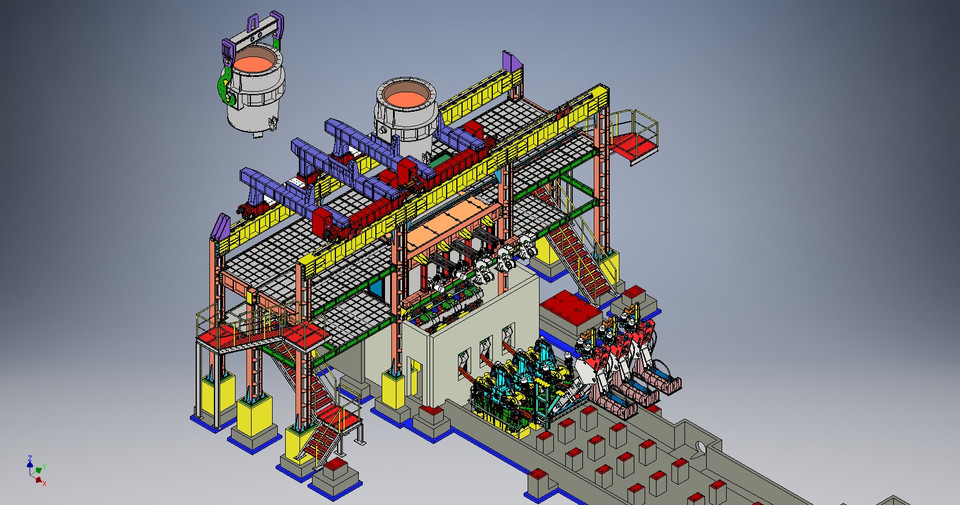Continuous Casting Machines: Revolutionizing Steel Production
The advent of continuous casting machines (CCMs) marks a significant milestone in the steel industry. In the ever-evolving landscape of steel production, these machines have revolutionized the way molten steel is transformed into various...


